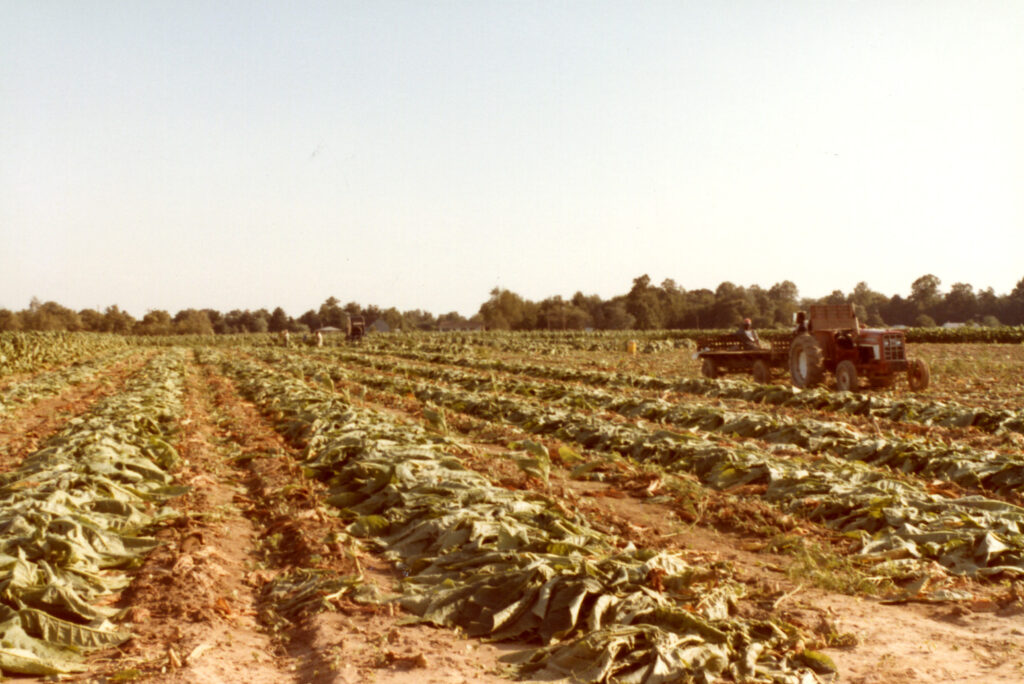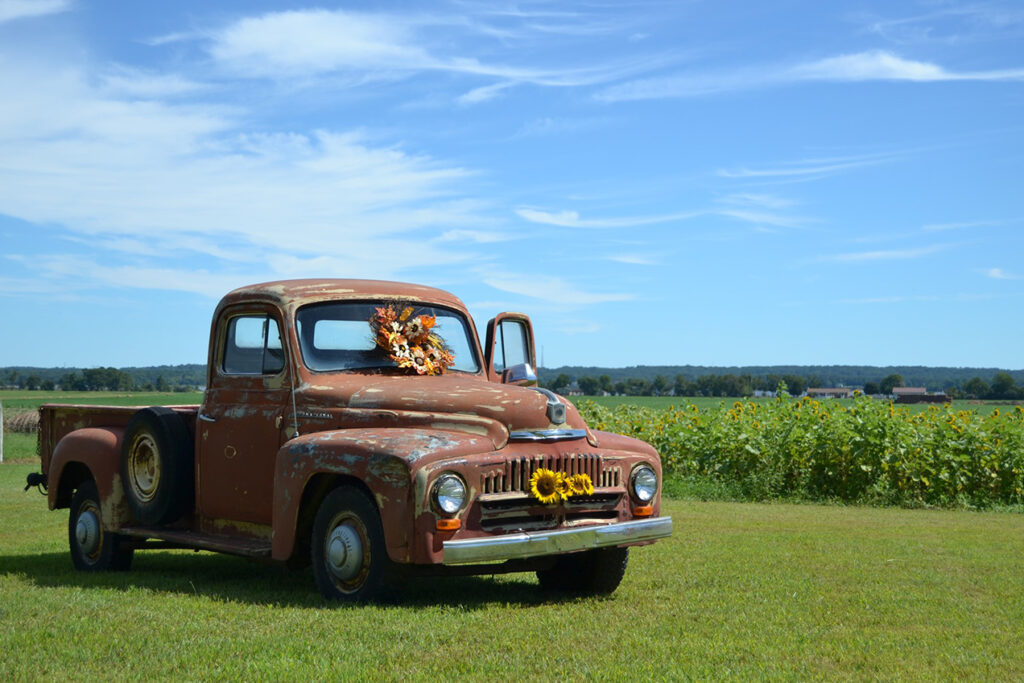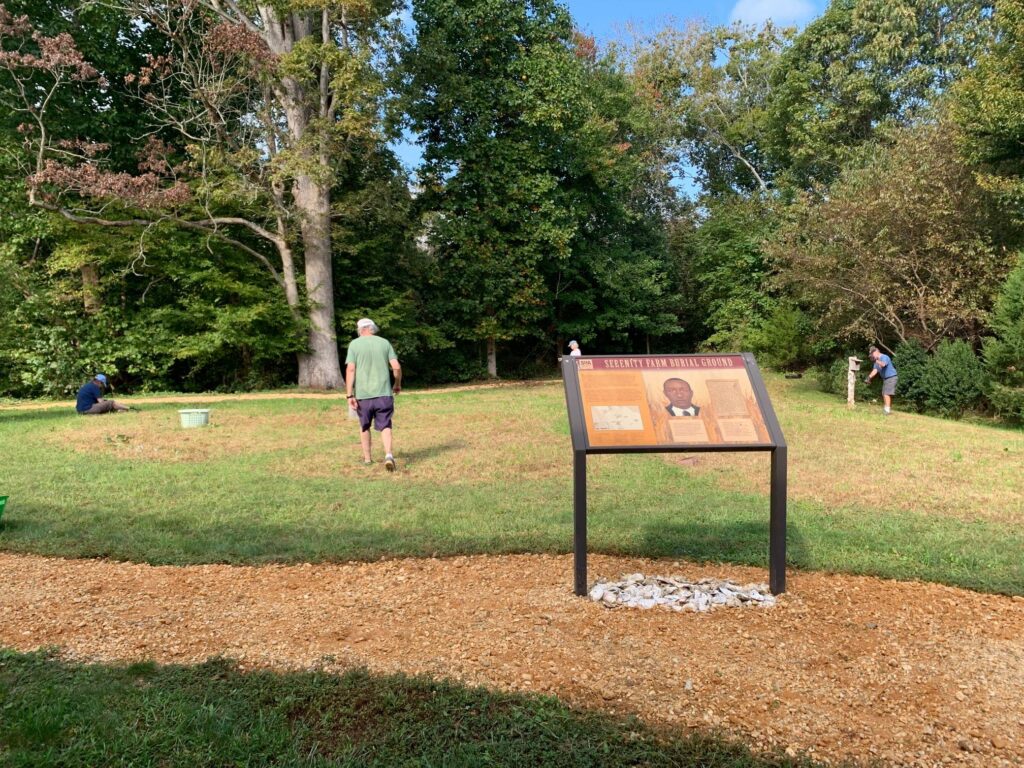About Us
How We Became Serenity
Serenity Farm is on the north side of the town of Benedict. Native Americans lived at the location of Serenity for thousands of years before Captain John Smith visited the Patuxent in 1608. The family and descendants of Richard Smith (no relation) owned a plantation in the area for over a century. This was the start of the farm’s agricultural heritage.
The farm has been home to many families throughout its history: enslaved families, tenant farming families, and sharecropping families, as well as landowning families. After the Smith family, the farm was owned by Clement and Dicandia Dorsey and became known as “the Dorsey place” or “the Dorsey Farm,” and was called that until 1965, far after their ownership came to an end. After the Dorseys, the farm passed through ownership of many families who owned enslaved people until the Civil War.
In December of 1965, the Robinson family purchased “the Dorsey farm.” The Robinsons were a farming family from Prince George’s County. Adina Mae Robinson named the land Serenity Farm and they have farmed the land ever since.


Cultivating the Land
The land at Serenity is well suited to growing tobacco and small grains, but tobacco is no longer grown on our farm. Instead, many crops, vegetables, cattle, and sheep are raised and cultivated here. In 1981, a state agricultural land preservation district of 222.755 acres was created on the farm. This was the first such district in Charles County and one of the first in Maryland. The district means Serenity Farm will always be a farm. The farm is also on the Star-Spangled Banner National Historic Trail, and you can find the National Park Service interpretive sign at our Harvest House. In addition, the farm is home to the Farm Heritage Conservancy, a non-profit that engages with the agricultural history of our region.
Honoring the Past
In 2012, a historic Burial Ground was discovered on the Serenity Farm property. The site was discovered after a severe storm uprooted a tree on the Serenity Farm property. After careful consideration, the remains were exhumed by archaeologists and their studies revealed clues about the burial customs of the enslaved population at the time.
The remains date from 1790 to 1810 and have now been identified as the resting place for 23 individuals including men, women and children. The remains were reburied after the study was completed and the Robinsons maintain the grounds and honor their memories by sharing their stories.

